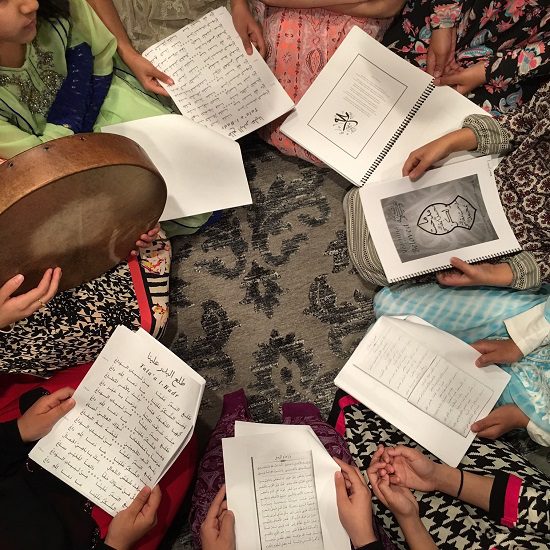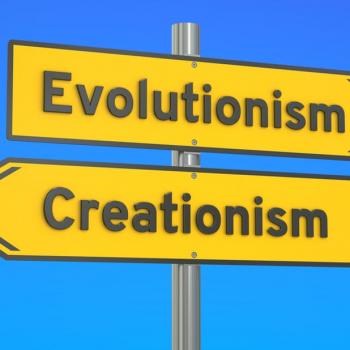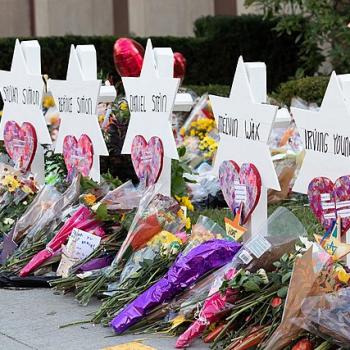 |
|
Reality sets in
|
Revolutions are ushered in on hopes and dreams; people participate in mass protests, shout slogans and raise placards all poised on the vision of a drastic change in the course of their country and the shape of their lives.
Nearly thirty years after the Iranian Revolution, the edified image of an Islamic republic which aspired to moral purity and obliterated the hedonistic excesses of the Shah’s regime, has become somewhat tarnished. It is no secret that utopias realised are utopias destroyed, the mental images of perfection that mobilise masses to risk their lives and bring about violent change in any regime show their dirty feet and rough edges when perceived in the harsh light of unforgiving reality.
Such indeed is the state of Iran today on the eve of its latest election held on Friday, March 14, 2008. With the coming of age of a generation that has seen Iran only as an Islamic republic, the Iranian state is no longer identified as the revolutionary vanguard of yesteryear but rather as a calcified and inflexible establishment terrified of opposition.
The blasé mediocrity of pragmatic concerns, like jobs and the economy, have wreaked further havoc on the cherished image of perfection on whose back the Islamic revolution was translated into power. In the years since its advent, things have got progressively worse for the Iranian population.
President Mahmoud Ahmedinejad, who came into power in 2005 on a populist platform that promised a better life for Iran’s poor whose lives have become increasingly desperate in the wake of international sanctions and rising inflation, has, three years later, failed to deliver.
A large section of Iran’s rural population has moved to urban centres creating pressure on urban economies and infrastructure. Inflation and unemployment remain pressing concerns often blamed on Ahmedinejad’s administration’s programme of vast spending on infrastructure projects and moving away from economic liberalisation for greater state ownership of industry.
Cheap loans introduced by the government have put further pressure on the financial sector despite growing exports. In his efforts to expand state control over economic resources Ahmedinejad has also dissolved the Management and Planning Organisation, a move that has had negative effects on economic management and shows the deep-seated insecurity of a state that believes giving up control will necessarily bring about its demise.
If discontent over the economy is the only visible sign of opposition to the Iranian state, it is because all other forms of opposition, be they political, ideological, and religious or social, have been virtually eradicated.
In the run-up to the election, Iranians were not allowed to campaign in the media or engage in debates regarding the election. Political opponents that posed any major threat were disqualified from the competition.
Many detractors and activists have been jailed effectively quashing all political forms of opposition. Even if political opposition were allowed, the structure put in place after the revolution of 1979 makes electoral politics and the “parliament” itself little more than a sham.
While the 290-member Majlis has all the trappings of a legislative body, complete with signing international treaties and issuing legislation, it exists as a mere appendage to the Council of Guardians. This Council, which is the true wielder of power in Iran, can at any time veto any law issued by Parliament and disqualify any candidate wishing to run for election. Not being an elected body, it bears no burden of accountability and exerts absolute power over Iran.
In evaluating the course of Iran’s path since the 1979 revolution, one must ask why a revolutionary force has became as administratively inept, increasingly repressive and suspicious of dissent as the order against which it mobilised?
The answer to this question lies in the mechanics of social mobilisation itself. As political scientist Sydney Tarrow pointed out in his book Collective Action and Social Movements, the political opportunities that allow the masses to mobilise against one government, also allow it to rebel against another successive government.
In other words, when a mass movement such as the Iranian Revolution is successful as a means of overthrowing the existing regime, the tools used to enact the overthrow become part of the political repertoire possessed by the masses. The challenge before the new order is thus not simply ensuring the success of the revolution itself but rather creating a new order that does not allow the same tools to be used against itself once the euphoria of revolutionary struggle has worn off.
Under Tarrow’s rubric, the story of Iran thirty years later would be simply this: the revolution of 1979 thrived on political opportunity provided by the return of Khomeini and the galvanisation of mass discontent which brought together ideologically disparate groups against a common enemy: the Shah.
Once the overthrow was complete, the new regime chose to eliminate the channels through which they had themselves mobilised people such that their own methods could no longer be used against the new Islamic Republic of Iran.
The result is a repressive state that uses the “pretence” of elections but has tried to eliminate every possible political opportunity to express dissent or organise against existing powers. In an odd and disturbing cycle, the very forces of discontent that helped the Iranian revolutionaries gain power are the ones they fear today.
Ironically, however, as can be seen by the increasing number of Iranian human rights activists, political dissidents, and student leaders who continue to engage in protest despite the threat of imprisonment, the very repressive policies that the state feels it must institute to ensure its continued existence are becoming a focus that is uniting scores of underground activists against its atrocities. Thus the very repression thought to be necessary for the survival of the Islamic republic is becoming the catalyst for a new order of protest.
This is, of course, a very reductionist account of the complex processes of regime change and social mobilisation that went into the Iranian Revolution. The point of dredging up their significance is to bolster the prediction that whoever wins the Iranian elections, whether it is the conservatives or the ultra-conservatives, the resulting order will have one thing in common — a policy of repression and silence.
Countries at the throes of political change have much to learn from the Iranian example, when the euphoria of change dissipates, governments are judged against the ideals that brought them into power — the more lofty the dreams and the more inflated the promises, the greater the dejection of the populace that believed them.
The tools that overthrow one order can be used to overthrow another, and while repression may be a good short-term strategy, its yoke can become the very political opportunity that can set off another revolution.
Photo: Shahram Sharif via flickr under a Creative Commons license.
Rafia Zakaria is associate editor of altmuslim.com and an attorney and member of the Asian American Network Against Abuse of Women. She teaches courses on constitutional law and political philosophy. This article previously appeared in Daily Times (Pakistan).











